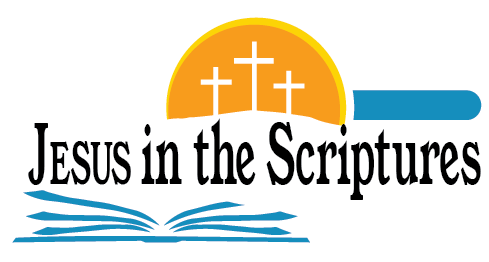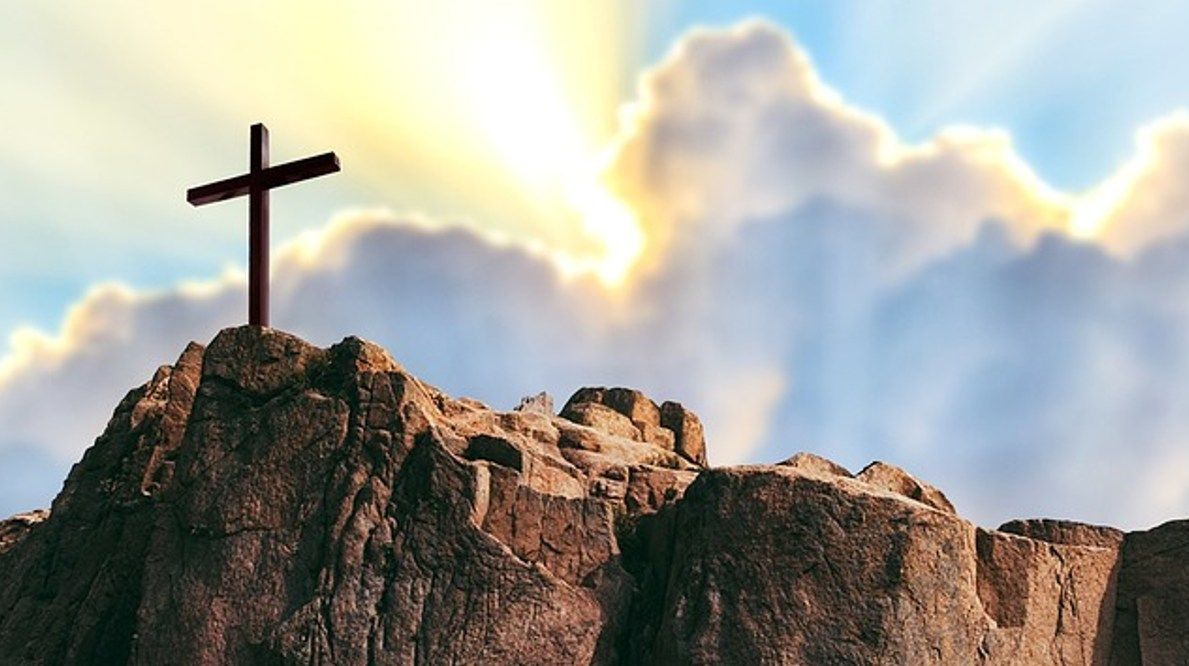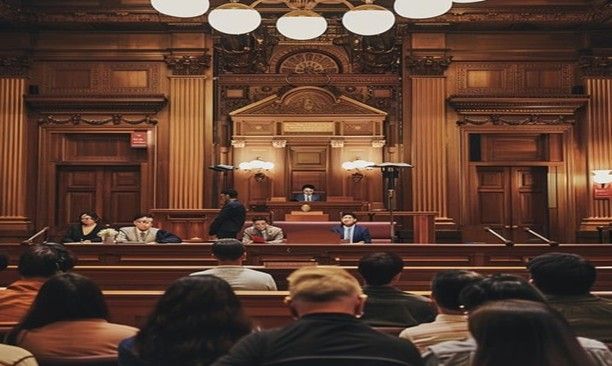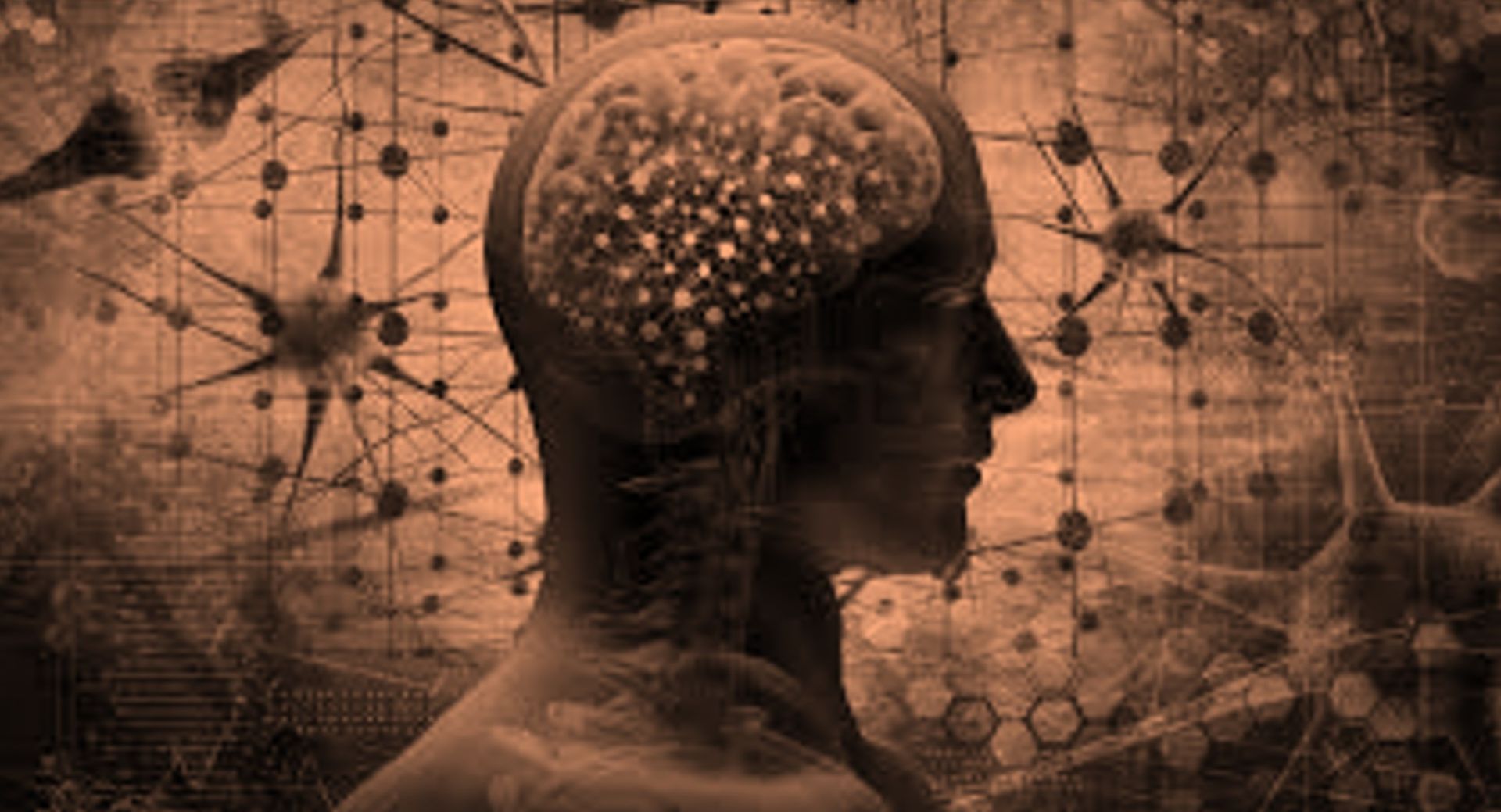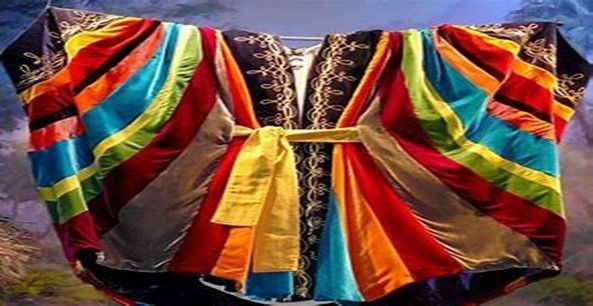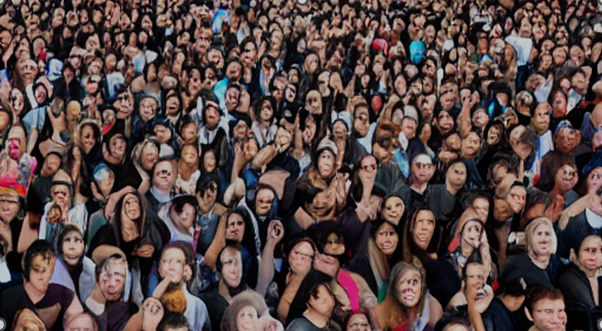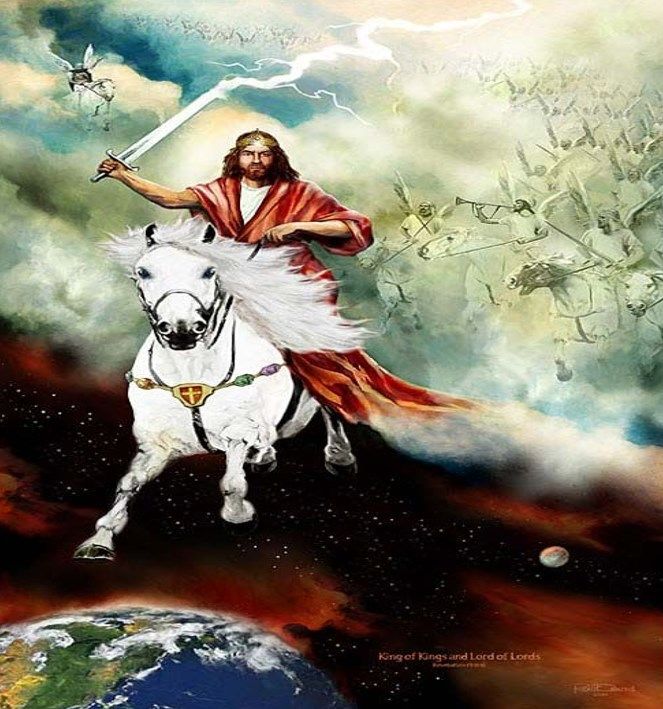The Friend of the Bridegroom
John 3:30. He must increase, but I must decrease.
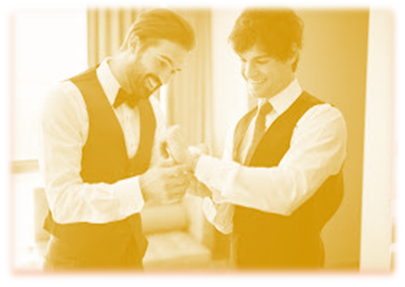
In Jewish weddings the best man or the friend of the bridegroom is usually given the responsibility of safe guarding and witnessing to the ketubah or the marriage contract. The best man also shares characteristics and incidents of his friendship with the bridegroom with the wedding guests. He is also the person that is involved in making the arrangements for the wedding. In the gospel of John this very scenario played out.
The first words that John, who was the friend of the bridegroom according to John 3 said, were: “Make straight the way of the Lord.” He further stated that he John, only baptised with water but after him the bridegroom is coming who he was not worthy to untie the strap of His sandal. This discourse took place in Bethany across the Jordan when the priests and Levites were sent to enquire why John was baptising.
The next day, John saw Jesus coming to him and his words were: “Behold, the Lamb of God who takes away the sin of the world.” The deep admiration and knowledge of the bridegroom are expressed in the words of John. Friends usually spend time together and this is evident from the narrative in John 1:29-34. John deepens the understanding of who the bridegroom was, and adds that he has seen and borne witness that the bridegroom is the Son of God. He was an eyewitness when the Spirit of the Lord descended on Jesus in the form of a dove.
John also gives honour to the bridegroom. He was in no way perturb that the people were going to Him. In fact, he endorsed this. He says in John 3:29: “The one who has the bride is the bridegroom. The friend of the bridegroom rejoices greatly at the bridegroom’s voice.”
Etymologically, the Hebrew word for bridegroom reveals a deeper understanding of the character of the groom. The ancient Hebrew language is pictographic script and served as numerals. Each Hebrew letter represents an image of animals, objects or parts of the body and has a numerical value. (Table below).

The Hebrew word for bridegroom is חתה chatah. The word is spelt chet-tav-hey. The letter chet is a picture of a fence, depicting an enclosure and speaks of protection. The tav is a picture of the cross and the letter hey a picture of a man raising his arms to heaven. This letter speaks of revelation. The Hebrew word, interpreting the pictographs for the chatah, bridegroom, therefor speaks of the revelation of the protection of the cross.
The numerical value of the word chatah is 413. The number four physically denotes the basic demarcation of time and space. There are four directions, north, south east and west. There are four seasons, summer, winter, autumn and spring. There are four divisions of time in the day, morning, midday day, evening and midnight.
The number 13 is the number that is associated with Jesus. He was the 13th man. The bridegroom in terms of the pictographic interpretation and the numerical value of the word, reveal that not only did the Bridegroom create the world, but He died for the world. He is the Lamb that takes away the sin of the world.
The friend of the bridegroom exalts Him, testifies about Him, intimately knows Him, obeys Him and worships Him because
The Bridegroom is from above and above all.
